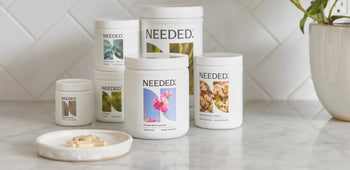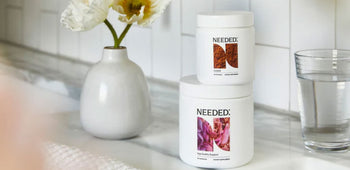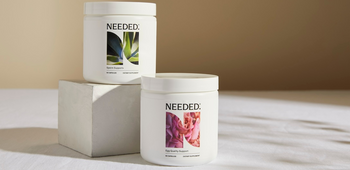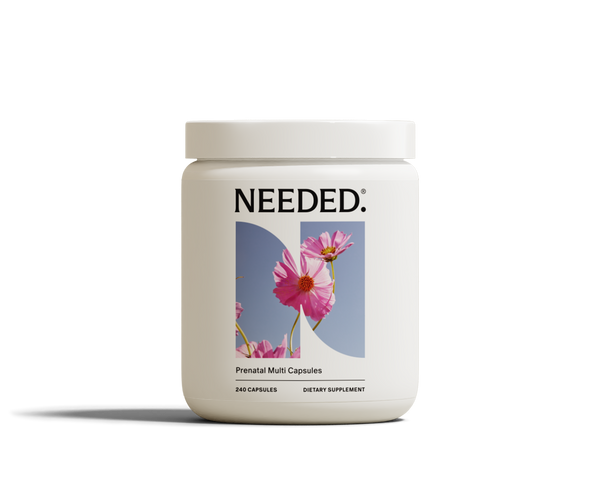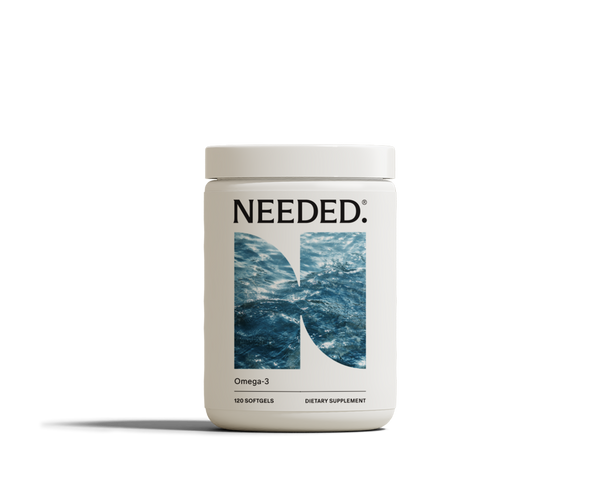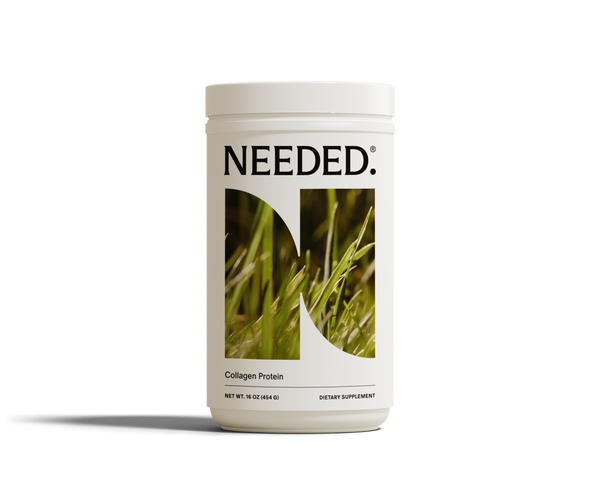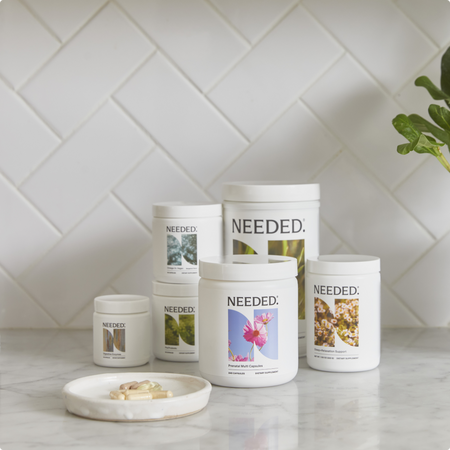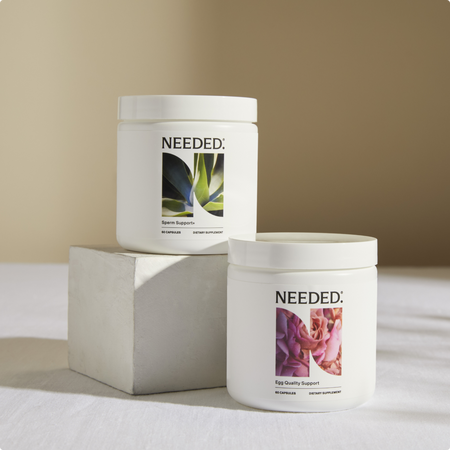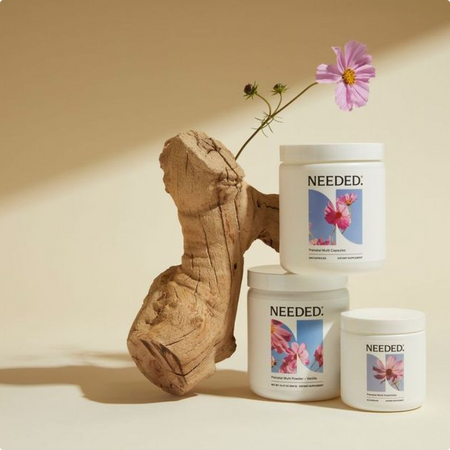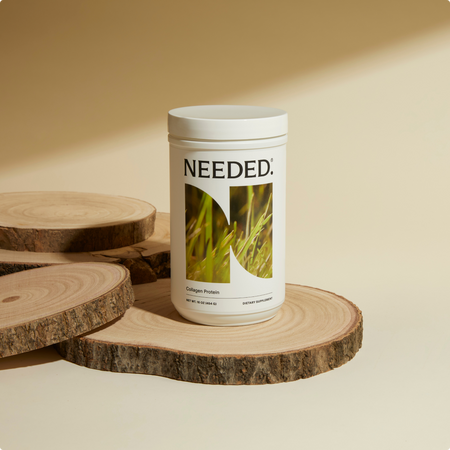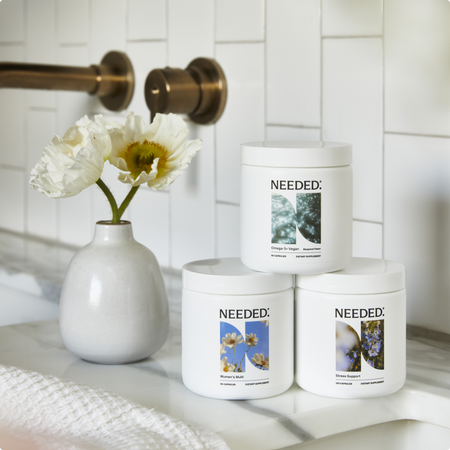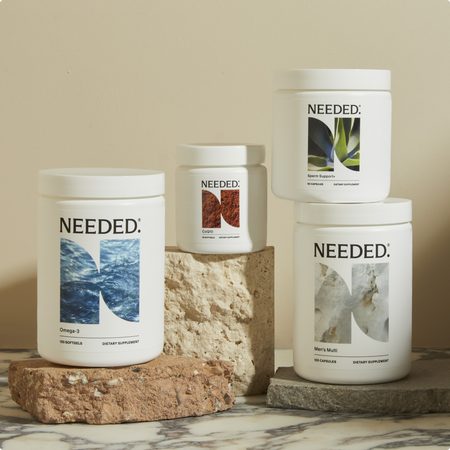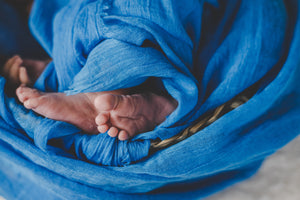How to Prevent Mastitis: A Practical Guide for Breastfeeding Parents
If you’ve ever found yourself wincing through a feeding session, wondering if that ache in your breast is “normal” or the start of something worse, mastitis may be the culprit. A common affliction, mastitis affects up to one in five nursing moms. It can leave you exhausted and sore, but there are things you can do to lower your risk.
In this guide, we’ll break down how to prevent mastitis with practical, evidence-based strategies. We’ll cover the basics, including latch, positioning, and supportive bras, as well as new guidance that debunks some of the older advice about pumping and massage. You’ll also learn how rest, gradual weaning, and even probiotics may play a role, plus when to call your provider. Think of this as your no-nonsense roadmap to keeping milk flowing and inflammation at bay.
What Is Mastitis and Why Does It Happen?
Mastitis is a painful inflammation of the breast tissue that most commonly affects breastfeeding individuals as “lactational mastitis.”
What Causes Mastitis?
It’s commonly caused by an issue with the flow of milk (called “milk stasis”), which inflames the nearby tissue and increases the risk of bacteria. One common trigger is blocked milk ducts, often from tight clothing, poor latch, or skipped feeds. That bottled-up milk can lead to swelling, pain, and the telltale symptoms of mastitis, such as redness and tenderness.
Another common culprit is a bacterial infection through cracked nipples, though that is most likely to happen in the first six weeks postpartum.
Risk Factors
Mastitis can happen to anybody, but there are a few risk factors to keep in mind:
- Damaged and cracked nipples
- A poor latch or limited feeding positions can miss draining some of the milk ducts, increasing the risk of a blocked duct.
- A history of mastitis can predict future episodes.
Many people used to think that improperly using a breast pump could lead to mastitis, but more recent research suggests that it’s an indirect association. In most cases, pumping helps prevent milk stasis because you’re keeping up the flow.
Early Signs of Mastitis to Watch For
The first signs usually include breast pain, swelling, and redness or some blood in your breast milk, often accompanied by flu-like symptoms such as fever and fatigue. Catching early-stage mastitis symptoms is key; the sooner you act, the faster you can prevent a more severe infection.
Breast Pain or Tenderness
Breast pain can start as a dull ache or sharp tenderness in one area of your breast. You may notice discomfort that doesn’t go away after a feed or feels different from the usual let-down sensation. It’s a signal that you might have flow issues.
Swelling or Warmth
Swelling, firmness, or an area of heat in the breast is another early sign. It’s due to your body increasing blood flow and immune cells to the area to fight infection. The swelling can sometimes feel like a hard lump or thickened area.
A Red, Wedge-Shaped Rash
One of the most recognizable mastitis symptoms is a red patch or rash that often looks wedge-shaped, radiating out from the nipple. This mastitis rash usually feels hot to the touch. This pattern of redness is a hallmark feature doctors use to distinguish mastitis from other breast issues.
Flu-Like Symptoms
As your immune system responds, you may suddenly develop flu-like symptoms: fever, chills, fatigue or body aches that seem to come out of nowhere. A temperature above 100.4°F (38°C), combined with localized breast pain, is a telltale sign of mastitis.
Each experience is individual, so cramping three weeks postpartum or longer is perfectly normal. Here are some factors that impact the duration of postpartum cramping:
- Type of delivery: Vaginal births tend to come with stronger afterpains than C-sections (though both are normal).
- Number of pregnancies: With each subsequent pregnancy, the uterus has to work harder to contract back down into the pelvis.
- Breastfeeding: Nursing triggers the release of oxytocin, which stimulates uterine contractions. You may experience cramping more frequently, especially during the early weeks.
How to Prevent Mastitis While Breastfeeding
When it comes to mastitis in breastfeeding, prevention is all about keeping milk flowing smoothly and minimizing irritation.
Here are some helpful strategies and tips to prevent mastitis that you can implement today.
Ensure Proper Latch and Positioning
An improper latch or position can result in obstructed or ineffective milk flow, potentially triggering inflammation and blocked ducts. Changing the angle of your baby’s latch helps drain different “zones.” Rotating positions (football hold, cradle hold, side-lying) makes it less likely that one area becomes overfull.
Don’t Skip Feeds
Try not to skip feeds or go long stretches without nursing, especially in the early months. If your baby suddenly sleeps longer than usual or you’re away for a few hours, hand-express or pump just enough to stay comfortable.
Treat Blocked Ducts Quickly
A blocked duct can progress to mastitis if left alone. If you feel a firm, sore lump, continue feeding on that side and apply a warm compress before nursing to help soften the area. Gentle massage toward the nipple during feeding—not aggressive deep massage—may help release the blockage. If a duct doesn’t clear within 24–48 hours, check in with your provider.
Practice Nipple Care
Cracked or damp nipples can create an entry point for bacteria, which can cause infection. Change nursing pads often, let your nipples air-dry after feeds, and apply a thin layer of nipple balm if needed. Keeping skin intact and dry is a simple but powerful way to support mastitis prevention.
How to Prevent Mastitis When Pumping
If you’re exclusively pumping or combining nursing and pumping, you still need to take steps to prevent any issues. Keep these mastitis and pumping tips in mind:
- Pump regularly to avoid engorgement: Skipping sessions or long gaps between pumping can cause milk to back up, raising your risk of mastitis. Aim for a schedule that matches your baby’s feeding needs.
- Keep pump parts clean and sterilized: Bacteria can travel from dirty tubing or flanges into breast tissue. Wash parts thoroughly and sterilize daily, especially for newborn feeds.
- Ensure a correct flange size: Using the wrong size flange can cause nipple damage, poor milk removal, and pain. A proper fit allows for comfortable and efficient pumping.
- Don’t over-pump: It may be tempting to pump until you’re empty to have a healthy supply, but pumping to “empty” the breast can actually increase inflammation and supply issues.
- [H2] How to Prevent Mastitis When Weaning
The key to preventing mastitis while weaning is to slow down the process and give your body time to adjust. Here are some mastitis and weaning tips to keep in mind.
Gradually Reduce Feeds Over Time
When weaning, it’s best to drop one feeding session every few days rather than stopping abruptly. Depending on your baby’s age, you can replace the dropped sessions with a bottle or cup, allowing your body time to gradually decrease milk production. This slower approach helps reduce the risk of sudden engorgement and keeps the process more comfortable for both you and your baby.
If You’re Engorged, Express Small Amounts of Milk
If you do feel engorged, hand express or pump just enough to ease the pressure—don’t aim to fully empty your breasts. This minor release helps reduce discomfort while signaling your body to produce less milk gradually. Pumping too much can backfire by stimulating more milk production, making it harder to wean comfortably.
Use Cold Compresses if Needed
Cold therapy helps reduce inflammation, so stock up on cold packs or, in a pinch, frozen vegetables. Apply them to sore, swollen areas for relief, and avoid prolonged exposure to heat, as it can sometimes exacerbate swelling.
Monitor for Any Blocked Ducts or Signs of Infection
During weaning, keep an eye out for localized pain, lumps, or a red patch on your breast. If these symptoms persist or you develop a fever, reach out to your provider. Taking early action is the best way to stop blocked ducts from turning into mastitis.
Breastfeeding Self-Care Tips
Small daily habits can make a difference –think of them as mastitis self-care essentials. These actions can support both your body and your breastfeeding journey:
- Stay Well-Hydrated: Proper hydration is key for healthy milk flow, so aim for steady fluid intake (and consider electrolytes if you need extra support).
- Wear a Supportive, Non-Restrictive Bra: Avoid underwire bras or restrictive sports bras. Opt for a snug but not tight bra that keeps breasts supported without compressing ducts.
- Limit Stress: Yes, we know, easier said than done, but high stress can interfere with your let-down reflex. Try breathing exercises, gentle stretching, or leaning on your support system for help.
These self-care practices, paired with mastitis and weaning tips, form a strong foundation for prevention, keeping both your physical and emotional health at the forefront.
When to See a Doctor
Go to the hospital or call your doctor if you have a high fever, worsening pain, or symptoms that don’t improve after a day of self-care. You should seek medical help if you notice:
- Persistent high fever that doesn’t come down with rest or medication.
- Pus or unusual discharge from the nipple can indicate an infection.
- No improvement after 24 hours of self-care, such as rest, ice, or continued feeding.
Mastitis can feel overwhelming, but by focusing on latch, regular feeding or pumping, gradual weaning, and simple self-care, you can lower your risk and catch problems early. And if symptoms don’t improve, don’t hesitate to call your provider—getting help quickly makes all the difference.
Frequently Asked Questions About Mastitis Prevention
Can mastitis go away on its own?
Mild cases of mastitis sometimes improve with rest, ice packs, and continued feeding, especially if caught early. However, if symptoms worsen or don’t improve within 24 hours, it’s essential to see your doctor. Mastitis treatment may require mastitis medication, such as antibiotics, to fully resolve the infection and prevent complications.
How can I prevent mastitis during breastfeeding?
Focus on proper latch and positioning, feed frequently to avoid engorgement, and rotate nursing positions to fully drain different areas. Treat clogged ducts quickly and keep nipples clean and dry. Simple mastitis prevention tips, such as wearing a supportive bra and resting when possible, also help reduce your risk.
What causes mastitis in breastfeeding moms?
The leading cause is milk stasis, which occurs when milk isn’t effectively drained from the ducts, leading to pain, swelling, and inflammation. Other causes include cracked nipples, missed feeds, oversupply, poor latch, or tight bras.
Does mastitis affect milk supply?
Absolutely. Inflammation can slow milk flow from the affected breast, making it harder to feed. With early treatment, most women return to their normal milk production without long-term impact on breastfeeding.
How do I know if I have early mastitis?
Early signs include breast pain or tenderness, swelling, warmth, and a red wedge-shaped patch on the skin. Many mums also experience flu-like symptoms, such as fever, chills, or deep fatigue. If you notice these early mastitis symptoms, rest, use cold compresses, and contact your provider if symptoms persist beyond 24 hours.
How long does mastitis last?
With early intervention (i.e., cold therapy, rest and continued feeding to improve milk flow), you can see improvement within 24-48 hours. If symptoms persist, you may need antibiotics, which usually clear the infection in 7–10 days.

